MTN Approach Review
It’s hard to not compare the MTN Approach Ski to a splitboard.
With the interest in splitboarding and accessing the backcountry, it couldn’t have been much longer before something like the MTN Approach Ski were invented. Pro Snowboarder Cory Smith saw the need and answered the call. First introduced to the masses at SIA last year, the idea is simple. Splitboarding has it’s downfalls, and snow shoes are inefficient. Then comes the MTN Approach Access Skis.
We were able to take the ski on mountain and try it in the backcountry. We cover some of the pro’s and con’s of the new MTN Approach Ski. We will dive a little into the technology and our thoughts and photos of the skis.
Weight: I think each ski weighs in at a hair over 4lb, still not bad for an access ski. It seems that this could be drastically reduced by using some sort of composite material. We aren’t actually skiing with them, just climbing a hill. Hopefully with future releases they will find a way to reduce the weight even more. We have hear rumors that there will be a DRASTIC weight reduction in the future.
Cost: Currently there are two packages for sale. Package one just includes the ski’s that retail for $745. Package two includes a backpack for storing the ski and retails for $795. The backpack is very well designed for storing the ski’s and defiantly worth the extra investment. In fact I can’t imagine trying to carry the ski’s in any other pack, they are a bit large and cumbersome to just fit in any sized pack. Additionally, the backpack is being redesigned for next year to include stronger material to resist tearing as well as many other upgrades. Also, We have heard rumors that next year an additional backcountry package will be available that includes a probe, shovel, and poles. I believe this will come in at around $895. Not a bad price considering the price of poles ($60ish), probe ($75ish) and a shovel ($50ish) retail.
Construction: The skis are constructed much like a snowboard or traditional skis without all the fancy carbon cross strings, Triax fiberglass, fancy sandwich construction technology. The truth is it’s not needed. There is a cap construction that appears to be well sealed where the ski hinges. Additionally fully wrapped metal edges provide edge control on the nastiest of conditions. Personally, I am a fan of the wood look, reminds me of the old Arbor snowboards. The skis are 150 cm long, and have a measurement of 135-110-125. They fold down to just 21 inch long and 5.5 inch wide. I think a lot could be done here to reduce the weight even more. Since the ski’s aren’t really used for “Skiing”, they seem to have too much material for just using them to ascend. We are really excited to see what’s in store for the future. With the beefy ski like construction it does provide confidence when kick turning on the face of a 45 degree slope. I never felt that the ski’s weren’t going to handle what I was going to attempt. The hinges are just amazing, they look so nimble and are so easy to use (especially compared to other Splitboard kits). They too took everything I threw at them, there were plenty of times when the tip and tail were the only thing supporting my weight and never felt they weren’t up to the challenge. Lastly, they also come with a one year manufactures defect warranty.
Technology: The real magic of the MTN Approach Ski is in the hinged Cam. With patents pending, the cam is so easy to use. You won’t hesitate to pull the skis out just to get up over a small hill, where as when with a splitboard it’s often times not worth the effort to switch back to touring mode just to get over a small section of hills. A lot of though was put into the design, just the way everything works so nicely from pulling a small cord to release the hinge, to how well the ski collapses into it self. The system 2 is designed to support a rider total weight of 225 lb, is something worth pointing out.
From touring to snowboarding in 2 minutes.
Bindings: The bindings are very simple, and surprisingly very good. Similar to a snow shoe binding straps, the rubber straps are very strong! We love how they fold back directly into the strap and out of the way. Getting the straps out of the way can be a challenge at times, trying to rotate the straps to fit in the bag for example. But I would take these bindings any day vs. dealing with splitboard binding kits. A+ on the design and construction. Just be sure to lock tight your binding bolts, with all the rotating parts it’s easy for them to come loose.
Skins: Because the skins are directly attached to the board they are a lot less bulky that Splitboard skins. I loved not having to deal with the pealing and sticking of skins when using the skis. This The skis seem very high quality and work just as good as any skin I have used splitboarding. In fact, a shorter profile on the skin seemed to resist clumping better than some longer fiber skins.
Did I mention no more peeling sticky skins apart!
On Mountain: The MTN Approach Ski are gaining popularity from other than just Snowboarders. For example backcountry hunters are using them to access terain more efficently that with snowshoes or motor sleds that scare off the game their out to find. Also, it’s a good alternate to snow shoeing when choosing to access areas in deeper snow and longer distances.
We got on the MTN Approach Ski (System 2) to give them a try in the Wasatch Backcountry. It was hard not to immediately start drawing comparisons against splitboards when pulling the ski’s from the backpack. The first thing we noticed is that we were ascending in a couple minutes, verse going to touring mode on a splitboard which can take quite a while. In fact we pulled them out a couple of times just to get over small inclines because the switch was so quick.
The skis climb very naturally, with full side cut (on both edges) it feels very stable even on very steep traverses. The hinge feels very much like a voile split kit although improves flexibility because you aren’t hiking with a binding and high backs. The heel cup provides all the edge control, and never felt inferior to traditional snowboard bindings. Everything we could throw at the ski it cam back swinging, from ice, corn, and powder. With the skis being a bit smaller than traditional splitboards, kick turns were that much easier, and no weird shaped noes getting stuck in the snow on the turns.
When I finally fell in love was transitioning to descend mode. I had the ski’s off and board on in just a under 2 minutes. If you have ever struggled with skins, Voile kits, and the transition between them you understand the benefit. We are eagerly looking forward to next year to see the new backcountry kit, what changes are being made to the skis, and hoping to see some weight shaved off.
Final Word: For about the same price as a splitboard, you can be riding any board you want. Splitboards have a weird feeling to them that some find hard to make the transition, or would rather use something more reliable when hitting backcountry booters, or cliffs that a splitboard may not stand up to. The Ski provides a quick way to get in laps vs. one decent because of the quick transition. Skeptics may question, but I think MTN Approach is defiantly on point with their idea and design. We are looking forward to new and innovative ideas from them in the future.
[php]
loadAvantlinkProductsJSON(“splitboard snowboard”,75);
[/php]
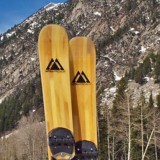

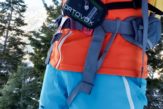

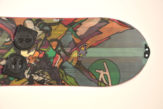

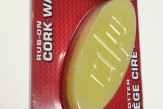
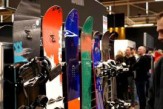
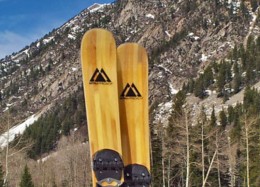
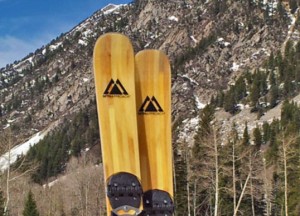

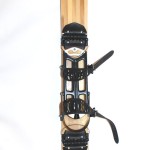
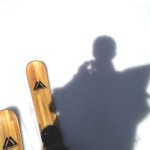

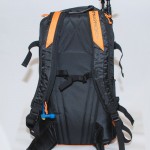

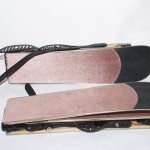
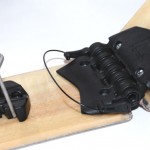
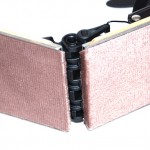













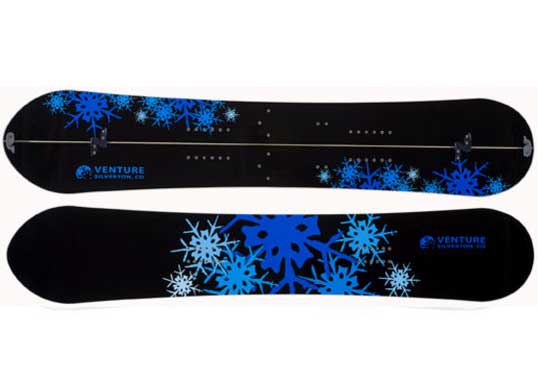
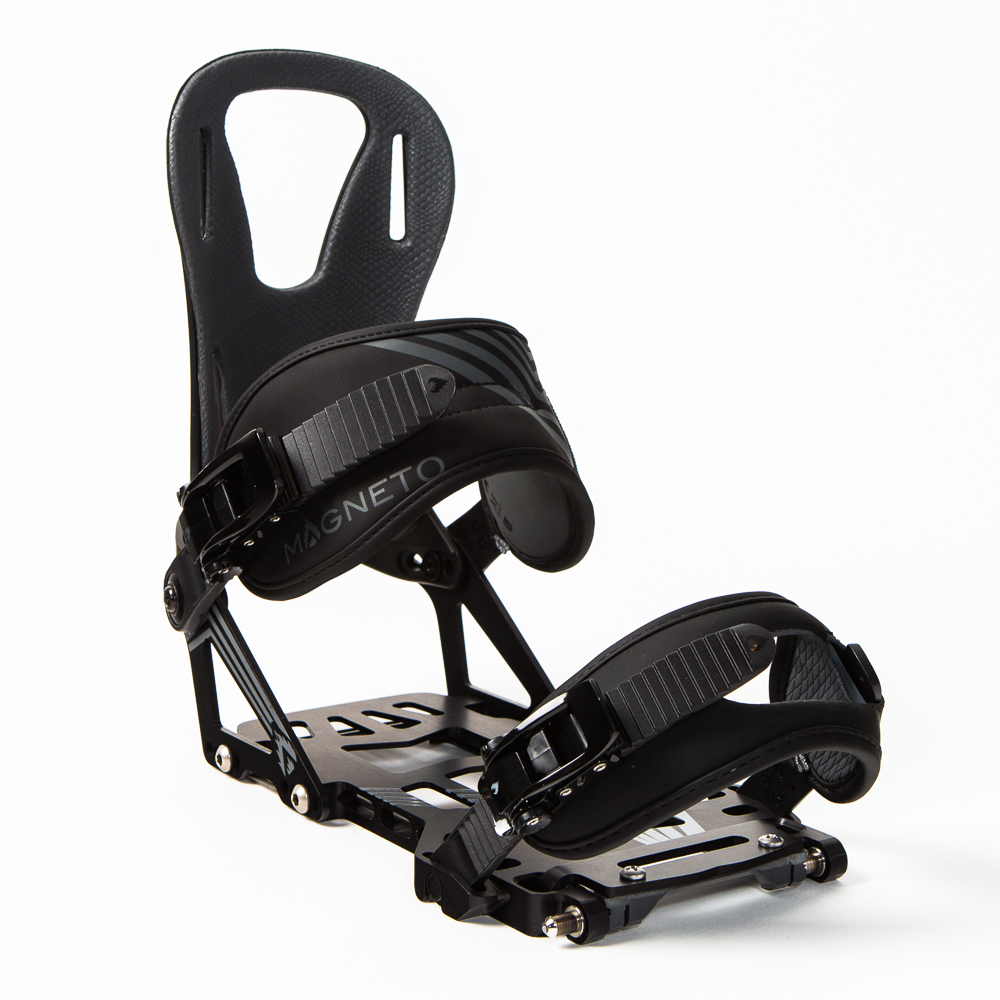
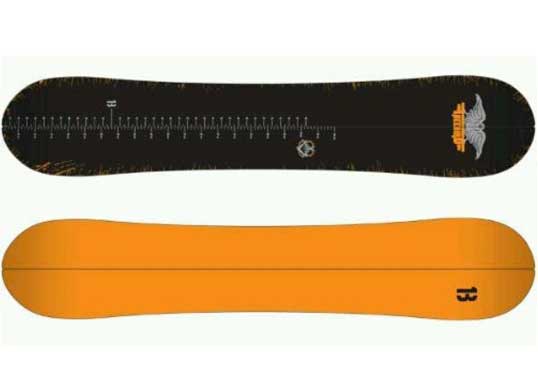












MTN Approach system works great! Easy change-overs and nice to ride your everyday board!
Love it.
Nice idea and excellent design, but really crappy components. All the hinges are plastic, and not very strong. I’m a 200 lb rider and when I used the MTN approach in sub zero temps the hinges crack and break (no joke). I’ve broken two hinges already. Bring plenty of extra parts for these.
Also there are limitations with the MTN approach, you’ll never be able to go on long hut trips unless you want to haul your solid board on your back with all your food and other gear too. In my opinion this is just to heavy for quick and fast mountain pursuits.
Great for passes and side country, not so great for serious long distance backcountry trips.
Obviously there was a problem and that is why MTN approach switched to a more rugged hinge design. Personally I never had a problem with them, but there were a few times I have wondered if they would hold and I watched the entire ski support my weight on just time and tail.
There were rumors that a new ski was in design that rivaled the weight of a splitboard, for the snowboard and ski’s combine. That is what I’d really like to see. I don’t feel like an approach ski needs to be constructed the same as a “ridable” ski. These could be made from something super light weigh, and would be less cumbersome on the back while riding down.
If MTN approach can get this figured out, I think they have a winner on their hands.